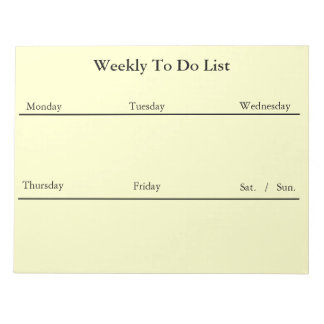“It’s not always what you say but how you say it.”
- Speak slowly and clearly
- Be aware of body language
- Use visual cues
- Approach from front
- Address by name
- Meet at eye level
- Short questions, one at a time
- Break down tasks into one step at a time
- Repeat using same wording, if that doesn’t work, rephrase
- Avoid negative statements (don’t use “don’t”)
- Allow adequate time for response
- Utilize humor
- Keep talking even if nonverbal
Communication is hard because person cannot remember things, can’t find words, difficulty understanding what is said, difficulty paying attention, remembering steps, blocking out background noise, being sensitive to touch, or tone or loudness of voice.
To Help Make Communication Easier:
- Make eye contact
- Call the person by name
- Be aware of your tone and how loud your voice is
- How you look at the person
- Body language
- Encourage 2-way communication as long as possible
- Gentle touching
- Try distracting/redirecting if communication creates problems
- Be open and agreeable even if the person is difficult to understand
- Let them make some decisions and stay involved
- Speak at eye level
- Offer simple step-by-step instructions
- Repeat instructions and allow more time for response
- Don’t talk about the person as if he or she isn’t there
- Don’t use “baby talk” or a “baby voice”
- Ask yes or no questions
- If they make a mistake say, “let’s try it this way”
- Say “please do this” instead of “don’t”
- Limit choices – do you want chicken or beef?
- Instead of asking if they’re hungry say, “dinner is ready”
- Try not to say “don’t you remember?” or “remember when”
- Use visual cues






No comments:
Post a Comment